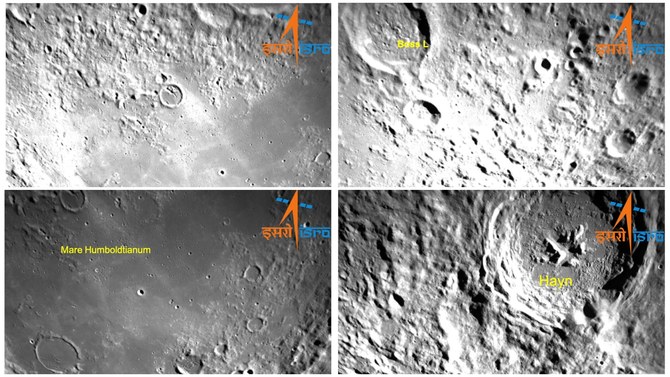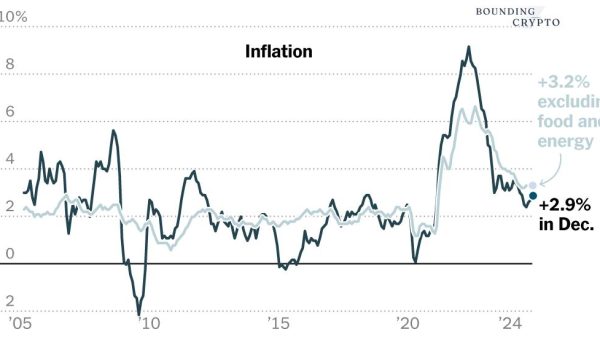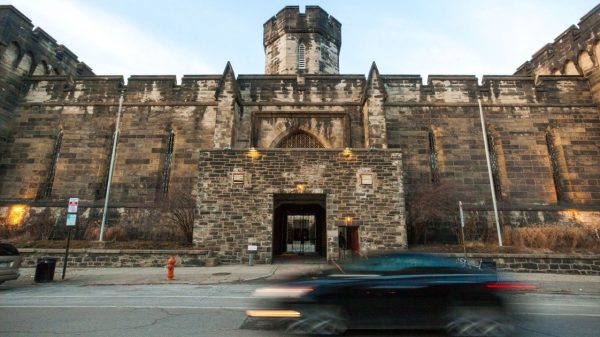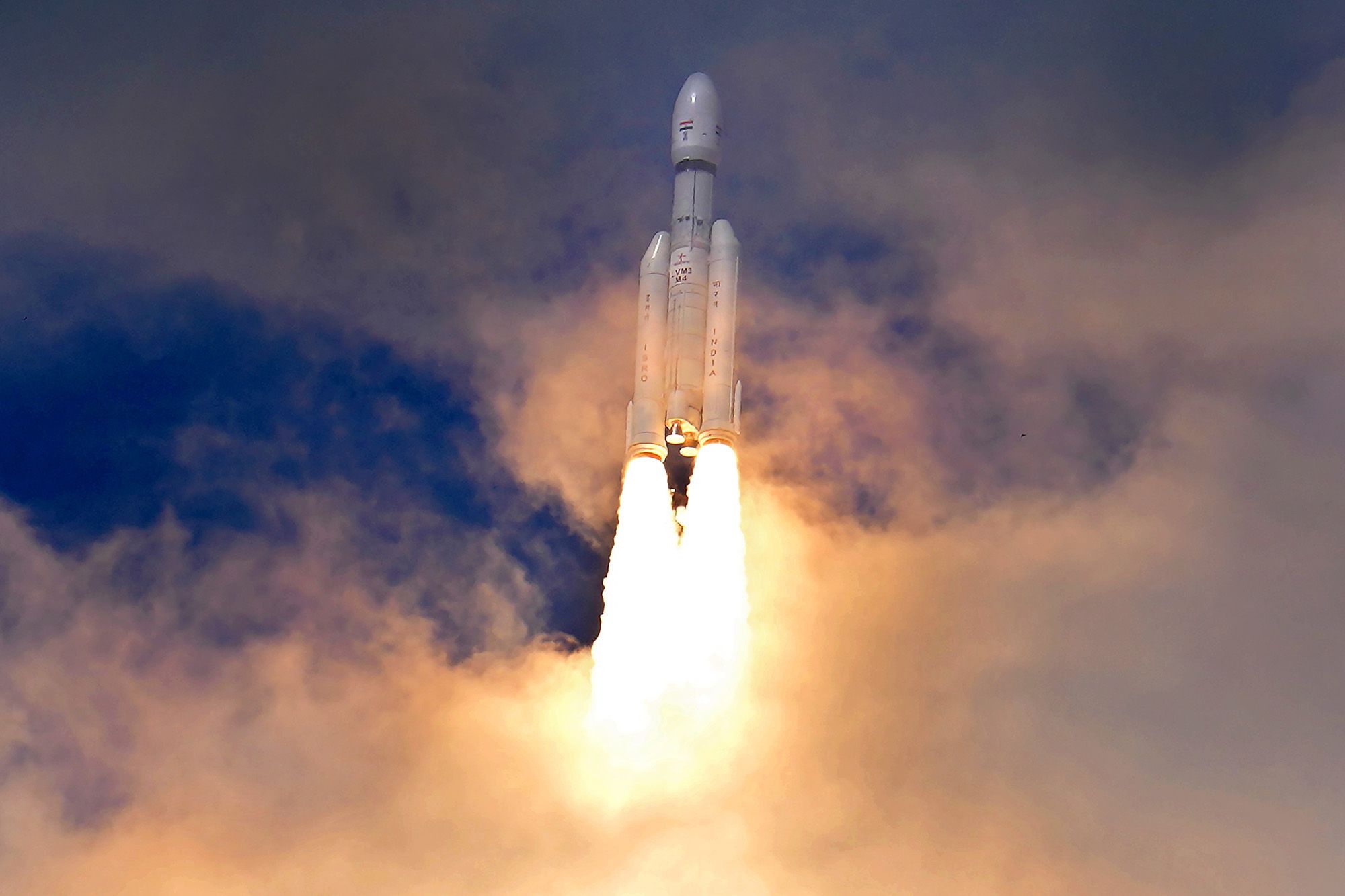India’s Moon Landing: Chandrayaan-3 Probe Tests Tech with Far Side Lunar Images, Targets Historic Soft Landing at South Pole on August 23.
India’s Moon Landing effort progresses as Chandrayaan-3 probe tests landing technology with far side lunar images, eyeing a historic soft landing at the south pole on August 23rd.

India’s moon landing Chandrayaan-3 aims to softly land on the moon’s southern pole on August 23, around 8:34 a.m. EDT. (PHOTO: Arab News)
READ ALSO: NORTH KOREA MISSILE TEST AMIDST U.S.-SOUTH KOREAN DRILLS RAISES TENSIONS IN THE REGION
Chandrayaan-3 Probe Captures Moon’s Far Side for India’s Moon Landing: Testing Landing Tech with Striking Lunar Images
India’s moon landing Chandrayaan-3 probe has taken pictures of the moon’s far side to test its landing technology. According to Space, on August 21, the Indian Space Research Organisation (ISRO) posted these pictures on X, formerly Twitter. These four pictures, captured on August 19, display different moon features like big craters casting shadows and cooled lava areas known as lunar mare.
The moon’s far side never faces Earth due to how it’s positioned, rotating at the same time it orbits our planet. These images of India’s moon landing come from the Lander Hazard Detection and Avoidance Camera (LHDAC) on Chandrayaan-3. This camera helps guide the Vikram lander, ensuring a safe landing spot by avoiding boulders and holes.
READ ALSO: TEXAS TEACHER SHORTAGE SPURS INNOVATIVE HOUSING SOLUTIONS TO RETAIN EDUCATORS
India’s Moon Landing Ambition: Chandrayaan-3 Aims for Historic Soft Landing on Lunar South Pole, Following Chandrayaan-2’s Challenges
According to Space, India’s moon landing Chandrayaan-3 aims to softly land on the moon’s southern pole on August 23, around 8:34 a.m. EDT. This mission hopes to become the first to achieve a gentle landing in that area. India’s previous attempt, Chandrayaan-2, faced difficulties in 2019 during its descent.
Chandrayaan-3’s journey began on July 14, gradually raising its path from Earth to the moon. It entered the moon’s orbit on August 5 and adjusted its course with engine burns. On August 17, the Vikram lander, carrying the Pragyan rover, separated from the propulsion module. If India’s moon landing is successful, these components will explore the moon’s surface for about two weeks. This mission could make India the fourth country, after the US, Soviet Union, and China, to softly land on the moon.








































